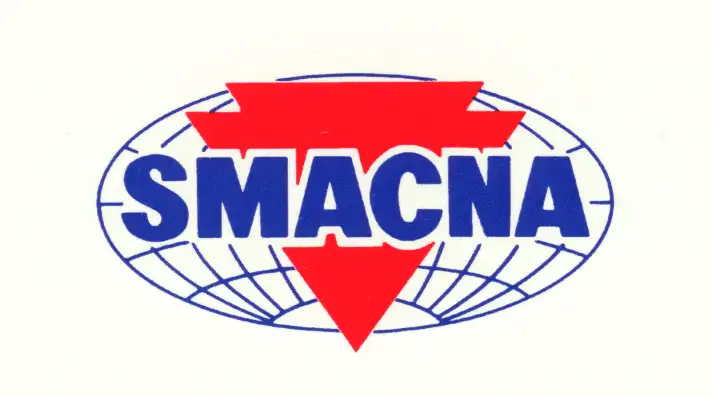The SMACNA standards for ductwork are considered the backbone of modern ductwork, design, and installation. Basically, it is a Sheet Metal and Air Conditioning Contractors’ National Association developed for busy HVAC contractors, engineers, and estimators. So, it is important to understand the value of the standard for extracting accurate project budgets and winning profitable bids according to the local building rules and regulations.
Competent estimating companies always follow the current sheet metal fabrication standards required to construct and install different systems in the building. Contractors need to follow such standards to guarantee precise duct estimating, but it is recommended to seek professional help considering industry challenges. However, in this guide, you are going to understand all about SMACNA standards!
DIVE IN TO UNDERSTAND SMACNA STANDARDS IN DUCT ESTIMATING TO PREVENT REWORK IN THE FUTURE AND COMPLETE THE TASK UNDER ALLOCATED FUNDS!
What is SMACNA?
Well, SMACNA is a trade association representing sheet metal and air conditioning contractors across North America. It started in 1943 who developed different standards and guidelines were developed that have become the best reference for ductwork construction.
Now, the standards are super important to align the ductwork with the quality and standards of SMACNA!
Core SMACNA Publications for Duct Estimating
Metal and Flexible
This standard type provides detailed specifications for all shapes, like rectangular, round, and oval ductwork construction. Plus, it covers material gauges, reinforcement requirements, joint connections, and sealing methods. For professional estimators, this Standard is important because it provides detailed information about the construction requirements that directly affect the material quantities and labor hours.
Fibrous Glass Duct Construction Standards
All the standard techniques, methods, and installation procedures are included in this manual.
Contractors and estimators must have knowledge about these requirements because they can be different from metal duct construction in terms of material costs, labor rates, and installation methodologies.
Round Industrial Duct Construction Standards
For industrial projects that require round ductwork, this manual provides detailed knowledge on heavy-duty construction, welding requirements, and specialized connection methods.
However, it is understood that industrial projects always require higher costs and more materials to execute the project. This makes it important to understand all the manuals to prevent mistakes.
Impact on Material Estimating
Duct Gauge Requirements
Professional duct estimating services align their estimates with SMACNA publications. How? These standards provide specific information on minimum metal thicknesses based on duct size, pressure class, and application. Plus, the experts can:
- Check structural integrity, which can be different across different project types.
- Mostly, low-pressure residential systems use 26-gauge material.
- A high-pressure commercial system requires a 20-gauge.
Reinforcement and Stiffening
- Big rectangular ducts require tie rods, angle reinforcement, or intermediate supports according to SMACNA specifications.
- These standards tell when the reinforcement is required and acceptable methods for implementation.
Joint and Connection Details SMACNA standards methods are different for simple slip joints and flanged connections. That means every connection requires a different approach that affects material requirements and fabrication costs.
Sealing and Insulation Requirements
Proper standards are available for duct sealing requirements for all types of project scopes. However, these standards also directly affect the material costs for sealants and labor for jobs.
Pressure Class Considerations
Ductwork is divided into pressure classes that determine construction requirements!
Low Pressure Systems: (2 inches water gauge)
These types of gauges are found in residential and light commercial jobs. Plus, they are also used in residential simpler construction methods that result in lower per-square-foot costs.
Medium Pressure Systems: (2 to 6 inches water gauge)
They are common in commercial buildings that require heavier gauges, more robust connections, and additional reinforcement. However, this increases both material and labor expenses!
High Pressure Systems: (6 to 10 inches water gauge)
These systems are included in industrial jobs that demand the heaviest construction. It includes special connections and extensive reinforcement. Due to this reason, the overall project cost is also increased. Plus, every pressure class has its own set of requirements for material gauge, reinforcement, connections, and testing.
Well, if you rely on an experienced construction estimating company, these factors are always included, which prevents over-budgeting.
Best Practices for Estimators
After analyzing this content, you may now have understood that successful duct estimating always needs a thorough familiarity with applicable SMACNA standards.
For this reason, estimators and contractors need to align their cost estimates and maintain them with these standards. If you are a new estimator, keep yourself informed about updates and revisions. Practice more and more to deliver precise, accurate project bids.
If you do not follow the standards, you will end up with budget overruns and construction delays.
CONSULT OUR PROFESSIONAL CONSTRUCTION ESTIMATING COMPANY AND GET ACCURATE PROJECT ESTIMATES THAT ARE ACCORDING TO THE SMACNA STANDARDS FOR DUCTWORK PROJECTS!
Conclusion
To sum it up, SMACNA standards in duct estimating are a professional way to deal with project cost estimates! However, these standards guarantee quality and consistency because they determine material requirements, labor needs, and project costs. Keep in mind that only those experts can better prepare competitive and accurate bids.

